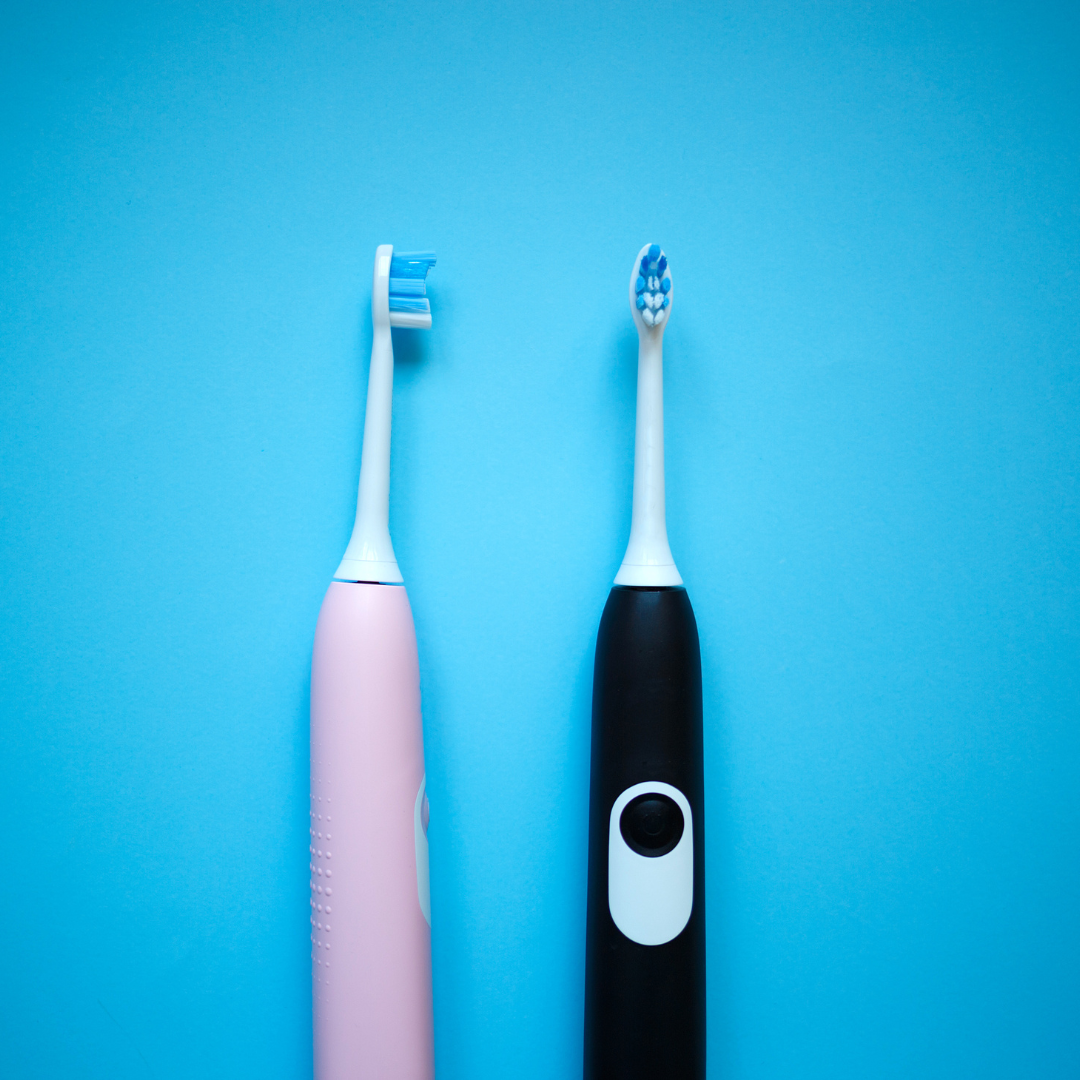Fresh Expressions Dental
How Often Should You REALLY Floss?
Flossing: we all know we’re supposed to do it — but how often is enough? Once a day? Twice? Only when you get popcorn stuck? While brushing is a daily habit for most people, flossing tends to fall into the “I’ll do it tomorrow” category.
So let’s settle the question once and for all: how often should you really floss — and why does it matter so much?
The Short Answer: Once a Day
According to the American Dental Association, you should floss at least once a day. That’s the gold standard. Whether it’s morning or night doesn’t matter as much — what matters is consistency.
Why Flossing Daily Matters
Even the best toothbrush can’t reach the tight spaces between your teeth. That’s where food particles, plaque, and bacteria tend to hide. If you skip flossing, you leave up to 35% of your tooth surface uncleaned.
Over time, that buildup can lead to:
- Cavities between the teeth
- Bad breath
- Gum disease
- Tartar (which can only be removed by a dental professional)
Daily flossing keeps your gums healthy, prevents decay, and helps your smile stay fresh and clean.
What Happens If You Don’t Floss?
Skipping flossing regularly can cause gingivitis, the earliest stage of gum disease. You might notice:
- Bleeding gums when brushing or flossing
- Swollen or red gums
- Persistent bad breath
Left untreated, gingivitis can progress into periodontitis, which can lead to gum recession, tooth loss, and even affect your overall health.
What’s the Best Flossing Technique?
It’s not just how often you floss — how you floss matters too. Here’s a quick guide:
- Use about 18 inches of floss, winding most around your fingers.
- Gently slide it between your teeth — don’t snap it.
- Curve the floss in a “C” shape around each tooth.
- Slide up and down gently under the gumline.
- Use a clean section of floss for each tooth.
Prefer something easier? Floss picks, interdental brushes, and water flossers are great alternatives — just make sure you’re cleaning between teeth thoroughly.
Can You Floss Too Much?
In rare cases, aggressive or excessive flossing — especially with improper technique — can irritate your gums. But for most people, once a day is just right.
If you’re flossing and still notice bleeding or sensitivity, let your dentist know. It might be a sign of early gum disease or another issue that needs attention.
Make It a Habit
Like any healthy routine, flossing gets easier the more you do it. Try:
- Flossing at the same time every day (like after brushing at night)
- Keeping floss in visible places (bathroom counter, desk drawer, car)
- Using tools that make flossing easier and quicker
Your gums — and your future self — will thank you.
Need a Refresher on Flossing?
If it’s been a while since your last cleaning or you’re unsure whether your flossing technique is working, we’re here to help. Our team can show you the best methods and check your gum health during your next visit.
Book your appointment today and keep your smile in great shape — one floss at a time.
Share Post:
Leave Your Comment
search Article
Recent Posts


Have a question?
Contact Fresh Expressions Dental for exceptional care and appointments. Let our team assist you with any dental needs. Reach out today





